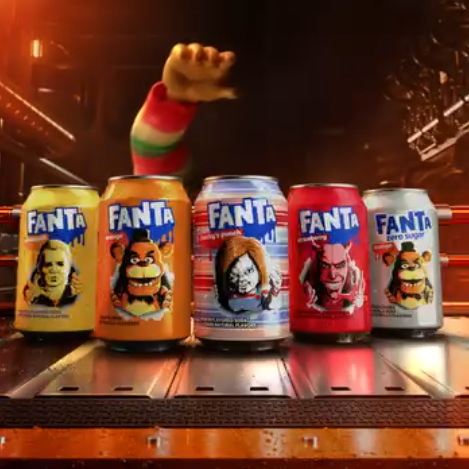

Halloween's story began as the Festival of the Dead, an ancient Celtic ritual later adopted by Christianity as All Hallows' Eve. Early traditions revolved around disguises meant to confuse wandering spirits. Immigrants carried these customs to the United States, where the pumpkin replaced turnips and the modern celebrations took root.
By the early 20th century, homemade masks and frightening disguises evolved into pop culture icons, from Mickey Mouse to Indiana Jones, showing Halloween's shift from superstition spectacle.
Emergence of Halloween in India
While Halloween originates in Celtic and Western traditions, it has steadily found its way into Indian urban culture. The festival's visual and performative elements which are the costumes, makeup, night events, they resonate with younger audiences seeking aesthetic and playful moments.
Though trick-or-treating at scale is not common across India, the notion of dressing up, themed parties and sharing looks on social media is increasingly visible. For many Indian youth, Halloween serves less as a ritual and more as an occasion for fun, transformation and online presence.
The Costume & Makeup Trends on Social Media
From #Diyas to #Draculas
— Professor (@Masterji_UPWale) October 31, 2025
The Great Indian #Halloween
A group of kids knocked on my door
A vampire with a chocolate mustache,
A witch holding a Dairy Milk,
And one confused SpiderMan wearing school shoes.
“Trick or Treat!” they yelled.
I stood there thinking.
When did we… pic.twitter.com/iyFMOn5Tsd
One of the key driver is the rise of look-based content on platforms like Instagram and TikTok. Young Indians are using Halloween as a backdrop for creative costumes and dramatic makeup: from spooky-glam to horror and pop culture inspired visuals.
Costume and makeup posts get attention because they deliver a visual 'moment' that works well on feeds, reels and stories. The aesthetics of transformation plays well in a culture of online self-preservation. For example, Indian cities are remixing ghost folklore with global visuals, turning Halloween into a styled event rather than a purely fear-based one.
Brand Activations and Marketing

Brands in India are increasingly treating Halloween as a marketing opportunity, mainstream food delivery apps went all in and turned their interfaces filled with greens and oranges to bring out the eerie vibe.
Swiggy Instramart featured a full Halloween section highlighting "Costumes, props & makeup", "Candies & treats" and "Decor & hosting". The campaign also partnered with Cadbury, inviting users to "Play Trick or Treat Run & Win a Free Cadbury treat."
Meanwhile Blinkit also launched a dedicated Halloween tab on its app, showcasing themed categories like "Costumes & props", "Decor Must-Haves" along with "Chocolates & Candies"
Fanta's "Chucky Halloween edition" also brought a playful nod to pop culture nostalgia.
When Culture Meets Creativity
Together, these campaigns show how quick-commerce platforms have turned Halloween into a curated shopping event, selling the event itself, from fake blood to candy bowls, right at your doorstep.
beauty of India is that it is open to all religions and festivals. Here all the kids from my neighborhood celebrating Halloween ( well more specifically trick and treat) pic.twitter.com/1rQVTRv243
— Anirudh Agrawal, Ph.D. (@Anirudh_Agrawal) October 30, 2025
From ancient rituals to viral reels, Halloween's evolution mirrors cultural adaptation. What began as a night of appeasing spirits has become a festival of artistry, identity, and Instant gratification but why this enthusiasm? Perhaps because young Indians no longer see Halloween as foreign, but as another chance to participate in a global moment.
With Brands like Blinkit, Swiggy and Fanta making themed makeup, decor and snacks, the celebrations feels accessible, even personal. For many youngsters, it's about showing off looks, costumes, and designs, one where creativity travels fast, and borders matter less than trends.